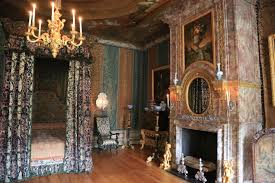
Our final day featured a ride through the forest to the summer estate, Het Loo, of the Dutch Royal family. It was developed in the late 1600’s by William III and Mary II as a hunting lodge and is a fairly modest building from the outside as castles go.
It reminded one of our fellow riders of a big-city high school building. The acres of formal gardens to the south bely the initial impression, and the inside is dark and stuffed with royal portraits, heavy furniture, exotic collectibles and other trappings of power.
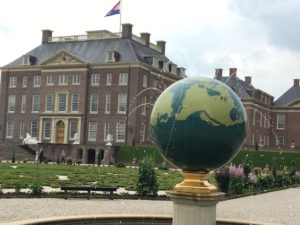
The globe spouts water from each of Holland’s many trading ports throughout the world, a reminder of Dutch Golden Age reach.
Reactions to grand castles vary widely among people, from amazement to romance to historical curiosity to boredom, but for me the visit was disquieting. As an American egalitarian, I cringe at the born-into-privilege political structure it represents. As an architect in love with light and space, the endless trail of dark, over-decorated, heavy-walled rooms dim my spirit. As a naturalist, the acres of carefully circumscribed and manicured gardens look fussy, rococo, and unhealthy.
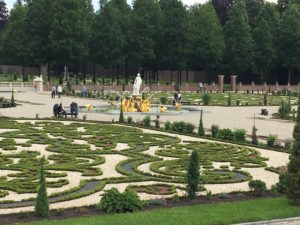
Formal gardens modeled after Versailles–with a noted improvement. The fountains all operate from spring-fed, gravity-powered pipe sources, unlike Versailles fountains which required human-powered pumps.
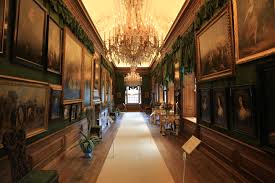
Halls of power. Again, artificial light is added for photo as interiors are naturally lit only by candelabras.
One can also clearly feel the constraints of power in a tour of Het Loo. The night before our visit we had a wonderful lecture from a Dutch academic, Kees Grandia, that covered, among other things, the Royal Family. He empathized with 13 year old Amalia, current princess and heir-apparent to the throne, who would not have the freedom to pursue her individuality and passions like most young Dutch girls. Her rearing and education is focused on preparing her for her duties as figurehead for the Dutch people.
Het Loo is designed to remind people of the monarchy’s power; at the same time, its weight and formality reminds the royalty of the burdens of their position in modern culture. It can be seen and felt as an opulent triumph or a crypt of power.

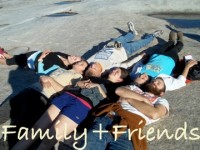
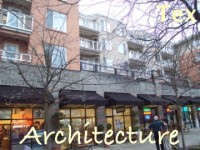
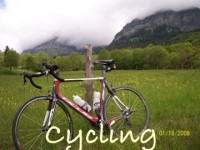
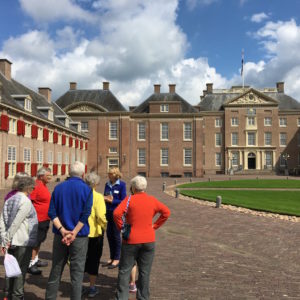
Great posts. Thank you so much for sharing them. Vicarious travel works sometimes! Safe travels,
Meredith